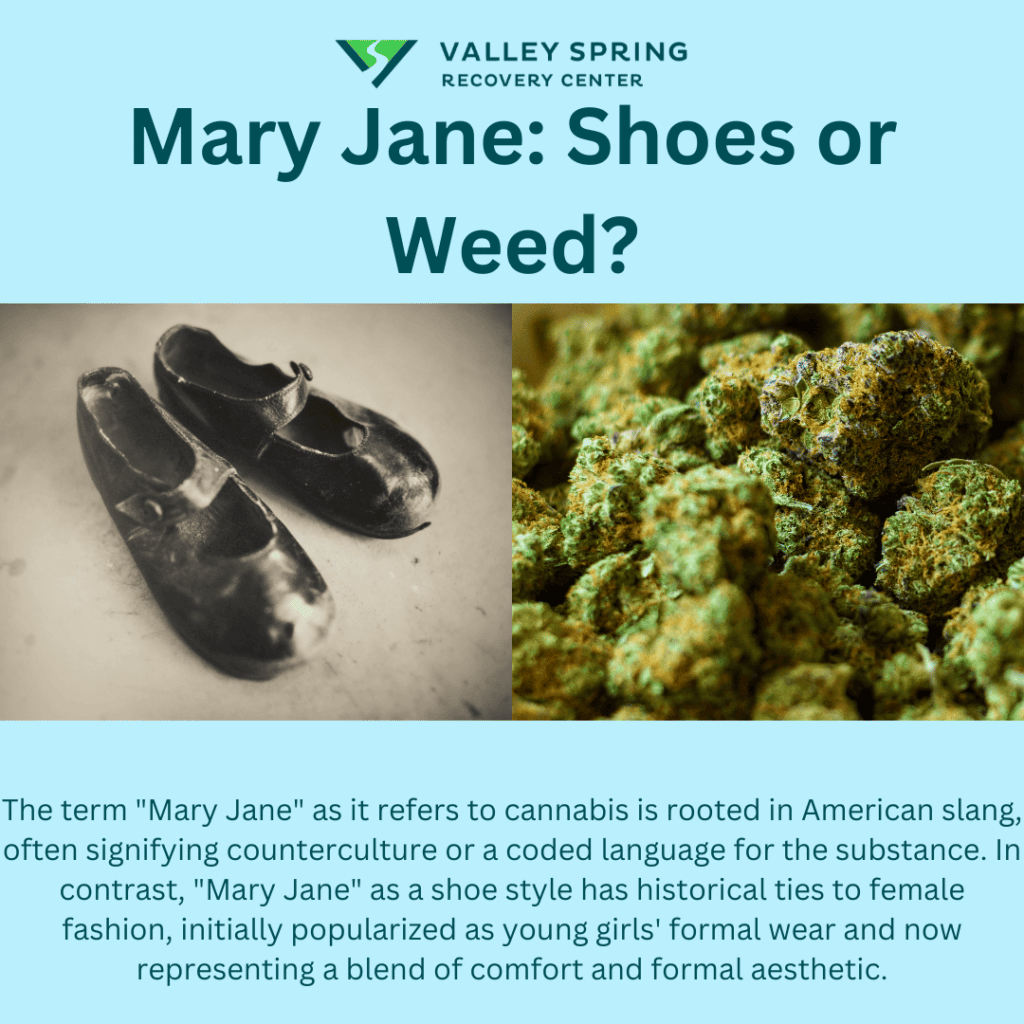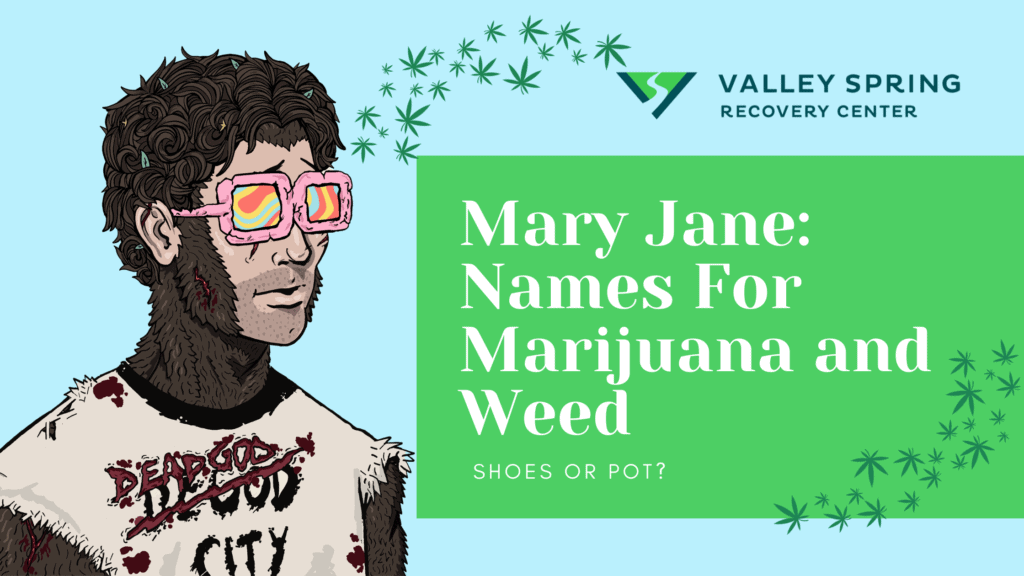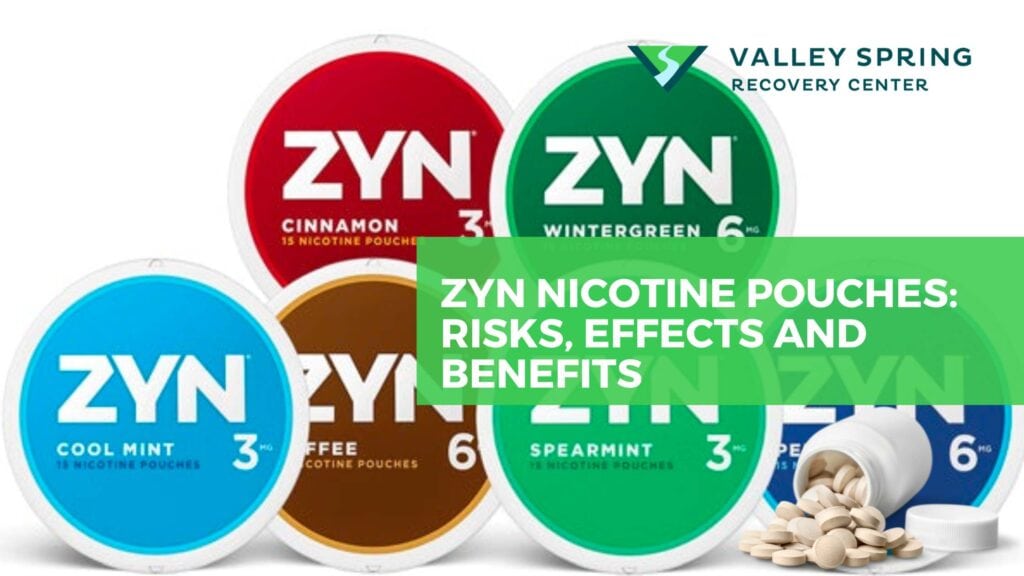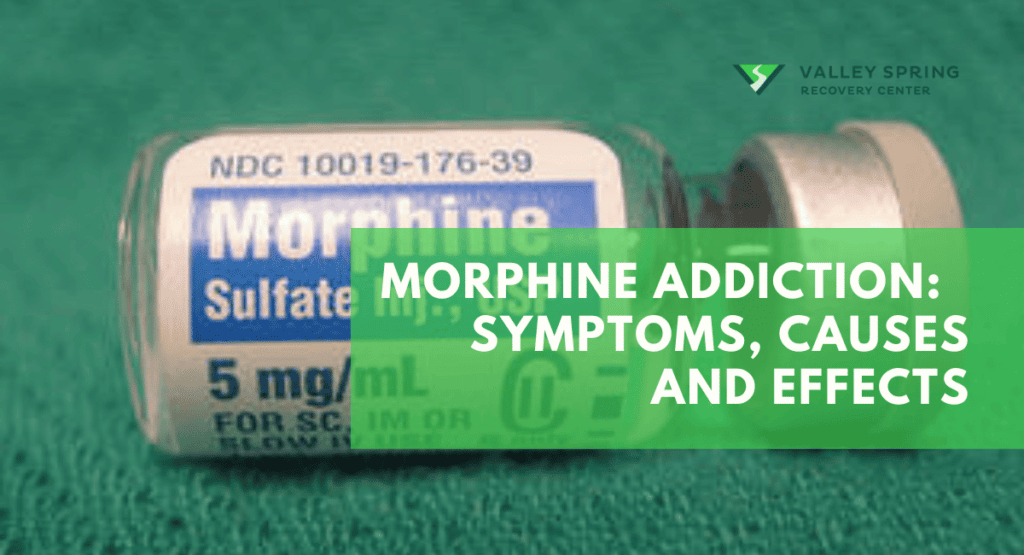The term “Mary Jane” is one of the many colloquial names for marijuana, a psychoactive drug derived from the Cannabis plant. According to a survey by the Pew Research Center, approximately 91% of U.S. adults believe marijuana should be legal for medical and recreational use, or solely for medical use, reflecting the drug’s widespread societal acceptance. The plethora of names for marijuana is a testament to its complex cultural, social, and legal history.
Names like “weed,” “pot,” “ganja,” and “grass” have various origins, ranging from slang to cultural references. Each name carries its own connotations and is often indicative of the user’s relationship with the substance, or the social setting in which it’s used.
Legal status also influences the terminology for marijuana. In medical settings, terms like “cannabis” are preferred to emphasize its medicinal properties, while colloquial names may be used more frequently in recreational contexts.
Cultural factors play a significant role in the naming conventions for marijuana. Music, movies, and popular culture have popularized certain names, thereby influencing public perception and contributing to its complex identity.
What is Mary Jane?
Mary Jane is a word that can be used in multiple contexts and has been used as a naming convention for a type of young girls’ low-heeled shoe as well as a style of spongecake, but it’s most popular use is as a slang term for Marijuana or “weed” which originated during the 1930s during the Reefer Madness era propaganda. It’s possibly derived from the Mexican Spanish word “grifa,” a slang word for cannabis.
What Is The Cultural Significance of Mary Jane?
The term “Mary Jane” is not just a casual nickname for marijuana; it holds considerable cultural significance. According to a study published in the Journal of American Folklore, the nomenclature surrounding marijuana has deep roots in American culture, reflecting the drug’s complex history and the societal attitudes towards it. “Mary Jane” serves as more than just a term; it embodies a range of cultural, legal, and social implications.
Names like “Mary Jane” have been popularized through various mediums such as music, film, and literature. Songs like Rick James’s “Mary Jane” and movies like “Half Baked” have contributed to embedding the term in American pop culture. These references often serve as a coded language, enabling discussions about the substance in environments where it might be stigmatized or illegal.
Legal considerations also contribute to the term’s cultural significance. The use of euphemistic names like “Mary Jane” can sometimes serve to soften the perception of marijuana, often used to navigate around legal restrictions or societal taboos. This is especially true in places where marijuana use is illegal or socially frowned upon.
Social and demographic factors further enrich the cultural significance of “Mary Jane.” Different communities may adopt the term for varied reasons, ranging from a form of rebellion against societal norms to an expression of cultural identity. The term thus becomes a part of social vernacular, reflecting both collective and individual identities.
What Are the Slang Names for Weed?
Weed, also known as marijuana, goes by a multitude of slang names that can vary by region, culture, or even subcultures within the cannabis community. Here are some of the most commonly used slang names for weed:
- Pot: One of the most widely recognized slang terms for marijuana.
- Grass: A term that harkens back to the 1960s and is still used today.
- Ganja: Originating from Sanskrit, this term is especially popular in Rastafarian culture.
- Herb: Often used to emphasize the natural aspects of the plant.
- Reefer: A term that gained popularity in the early to mid-20th century.
- Mary Jane: A play on the Spanish word “marihuana,” this term has been popularized in various forms of media.
- Bud: Refers specifically to the flower of the marijuana plant, which is the part that is most commonly smoked.
- Chronic: Originally a term for high-quality marijuana, it’s now used more broadly.
- Dope: While this term can refer to drugs more broadly, it’s often used to describe marijuana.
- Green: A simple term that refers to the color of the plant.
- Skunk: Named for the strong odor that many strains of marijuana can have.
- Kush: Refers to a specific strain of marijuana but is often used more broadly.
- Nug: Short for “nugget,” this term refers to a small, compact bud of marijuana.
- Cheeba: A term that originated from the Spanish word “chiva,” which is slang for marijuana.
- Blaze: More of a verb than a noun, “blaze” is often used to describe the act of smoking marijuana.
Why Do People Use Slang Names for Marijuana?
Slang names for marijuana often arise from the need for discretion, especially in jurisdictions where the substance is illegal. These names can also reflect cultural or social attitudes toward marijuana use.
How Have Slang Names for Marijuana Evolved Over Time?
Slang names for marijuana have evolved over time, influenced by cultural shifts, legalization efforts, and even popular media. New names often emerge, especially among younger generations, to describe various forms, strains, or methods of consumption.
Is “Mary Jane” Used Globally?
While “Mary Jane” is primarily an American term, it is understood in many English-speaking countries. However, each country or region may have its own set of slang terms for marijuana.
How Do Slang Names Affect Public Perception of Marijuana?
Slang names can both reflect and shape public perception of marijuana. For example, names that are playful or humorous may minimize the perceived risks, while more clinical or formal terms may be used in medical or legal discussions.
Are Slang Names for Marijuana Used in Legal Contexts?
Generally, slang names like “Mary Jane” are not used in legal contexts. Official documents and discussions will typically use the scientific name, Cannabis sativa, or simply refer to it as marijuana or cannabis.
How Do Slang Names for Marijuana Appear in Pop Culture?
Slang names for marijuana, including “Mary Jane,” frequently appear in pop culture, particularly in songs, movies, and TV shows. This not only reflects societal attitudes but also serves to normalize the terminology and, by extension, the substance itself.

What Is The Connection Between Mary Jane Cannabis and Mary Jane the Shoe Style?
The terms “Mary Jane” for cannabis and “Mary Jane” for the shoe style may share a name, but their origins and cultural implications are distinct. According to the Oxford English Dictionary, the term “Mary Jane” as a name for a style of shoe predates its use as slang for marijuana, with the shoe term appearing as early as the early 20th century. While both terms have widespread recognition, their connection is more coincidental than intentional.
The Mary Jane shoe style, characterized by a rounded toe and a strap across the instep, has historical roots in female fashion. It gained popularity in the early 1900s and was initially associated with young girls’ formal wear. Over time, the style has evolved and is now worn by women of all ages, often signifying a blend of comfort and formal aesthetic.
On the other hand, “Mary Jane” as a term for cannabis has different cultural and social implications. It emerged as a part of American slang, possibly as a coded way to discuss the substance during times when it was illegal or socially stigmatized. The term has been popularized through various cultural mediums like music and film, serving as an alternative to more scientific names like “cannabis.”
While both terms are entrenched in American culture, they serve different roles and signify different things. The name “Mary Jane” for the shoe style often evokes a sense of nostalgia or traditional femininity, whereas its use as a term for cannabis may signify counterculture, rebellion, or simply a casual approach to referring to the substance.
What Is The Difference Between Mary Jane and Hashish?
Mary Jane is a slang term primarily used to refer to marijuana, which is the dried leaves and flowers of the Cannabis sativa plant. Hashish, on the other hand, is a concentrated form of cannabis made from the resin of the plant’s flowers. While both marijuana and hashish come from the same plant, they differ in form, potency, and often in how they are consumed.
Marijuana is typically smoked in joints, pipes, or vaporized, whereas hashish can be smoked or mixed with food and eaten. Hashish is generally more potent than marijuana because it is a concentrated form of the plant’s active compounds, like THC (tetrahydrocannabinol).
So, while “Mary Jane” and hashish are related in that they both come from the cannabis plant, they are not the same thing.
Where does the word Marijuana Originate from?
The name “marijuana” first came into use in the early 1900s in the United States. It is believed to have originated from Mexican Spanish, and first appeared in print in the San Francisco Bulletin in 1895. The meaning of the word “marijuana” is uncertain, but it is believed to be derived from the Nahuatl word mallihuan, which means “prisoner” or “slave”. The name “marijuana” is used to refer to cannabis because it was the term used in the early 1900s when cannabis was made illegal in the United States.
What Are The Medicinal Uses For Mary Jane?
Mary Jane is a colloquial term for marijuana, has been studied for various medicinal uses. It’s important to note that while some U.S. states and other countries have legalized medical marijuana, it remains a Schedule I controlled substance at the federal level in the United States. Here are some of the most common medicinal uses:
- Pain Relief: Marijuana is often used to treat chronic pain, including pain resulting from conditions like multiple sclerosis and arthritis.
- Nausea and Vomiting: THC, one of the active compounds in marijuana, has been approved in synthetic form for treating nausea and vomiting in cancer patients undergoing chemotherapy.
- Appetite Stimulation: Marijuana is used to stimulate appetite in individuals suffering from conditions like HIV/AIDS, where weight loss is common.
- Epilepsy: CBD, another active compound in marijuana, has been shown to reduce the frequency of seizures in certain types of epilepsy, such as Dravet syndrome and Lennox-Gastaut syndrome.
- Mental Health: Some studies suggest that marijuana may help with symptoms of PTSD, anxiety, and depression, although research in this area is still inconclusive.
- Glaucoma: Marijuana has been used to reduce intraocular pressure in glaucoma patients, although it is generally not the first line of treatment.
- Neurological Disorders: Preliminary research suggests that marijuana may have neuroprotective properties that could benefit patients with conditions like Parkinson’s disease and Alzheimer’s, although more research is needed.
- Inflammatory Conditions: Some studies have suggested that marijuana may have anti-inflammatory properties, making it a potential treatment for conditions like Crohn’s disease.
- Sleep Disorders: Marijuana is sometimes used to treat insomnia and other sleep disorders, although the long-term effects on sleep quality are not well understood.
Can Marijuana Be Addictive?
Yes, marijuana can be addictive, although the risk is generally considered to be lower compared to substances like alcohol, opioids, or stimulants. According to various studies, about 9% of people who use marijuana will become addicted. This number increases among those who start using it at a younger age or use it daily. The addiction is primarily psychological, characterized by cravings and the compulsion to use despite negative consequences.
What Are the Signs of Marijuana Addiction?
Signs of marijuana addiction can include increased tolerance (needing more of the substance to achieve the desired effect), withdrawal symptoms when not using (such as irritability, insomnia, and loss of appetite), and unsuccessful attempts to cut down or control use. Other indicators can be spending a significant amount of time obtaining, using, or recovering from the effects of marijuana, or neglecting responsibilities and activities in favor of using.
How Is Marijuana Addiction Treated?
Treatment for marijuana addiction often involves behavioral therapies and counseling rather than medication. Cognitive Behavioral Therapy (CBT) is commonly used to help individuals understand the triggers and thought processes that lead to substance use. Support groups and family therapy may also be part of a comprehensive treatment plan. While there are currently no FDA-approved medications specifically for treating marijuana addiction, some medications are being researched for their potential effectiveness.
Kristy Ashe
All author postsShare This Post










